Ethiopian cuisine is a vibrant tapestry of flavors, aromas, and textures, and at its heart lies injera, a soft, spongy flatbread made from teff flour. Injera is more than just bread—it’s the foundation of Ethiopian meals, doubling as a utensil to scoop up richly spiced stews and curries. For those seeking a halal version, this sourdough flatbread can be prepared with simple, halal-friendly modifications, preserving its authenticity and deliciousness.
In this article, we’ll review what makes injera so unique, explore halal considerations, and provide an easy recipe to make it at home. Plus, we’ll suggest essential tools and ingredients to enhance your cooking experience.
What Makes Injera Special?
Injera’s defining characteristics are its unique texture, tangy flavor, and versatility:
- Spongy Texture: Injera is known for its bubbly surface, created by natural fermentation, which makes it perfect for soaking up flavorful sauces.
- Distinct Tang: The slight sourness comes from fermenting teff flour batter, giving injera its signature taste.
- Nutritional Value: Made from teff, a gluten-free grain packed with protein, fiber, and essential nutrients, injera is a healthy choice.
- Cultural Significance: Injera isn’t just food—it’s a communal experience, traditionally shared on a large platter with family and friends.
Halal Considerations for Injera
Traditional injera preparation involves a simple fermentation process, but some aspects may not align with halal guidelines.
Potential Haram Aspects
- Fermentation Starter: Some recipes use commercial yeast or fermented starters that could be derived from non-halal sources.
- Cooking Utensils: Injera is traditionally cooked on a mitad or flat griddle, which may have been used for non-halal ingredients.
Halal-Friendly Alternatives
- Use Halal-Sourced Yeast: Opt for halal-certified dry yeast or create your own starter using teff flour and water.
- Dedicated Utensils: Invest in a non-stick skillet or electric griddle exclusively for halal cooking to ensure no cross-contamination.
Taste and Texture Review
Halal injera is a delightful culinary experience. The sourdough flavor is both tangy and mild, complementing the robust spices of Ethiopian stews like doro wat (chicken stew) or misir wat (spiced lentils). Its spongy texture creates a satisfying mouthfeel and absorbs sauces beautifully, making every bite a burst of flavor.
Recipe: Halal Injera
Halal Injera
Course: BreadCuisine: EthiopianDifficulty: Hard6
servings1
hour2
hours180
kcalTraditional Ethiopian sourdough flatbread made halal.
WHAT YOU’LL NEED
- For the Batter:
Two cups teff flour (light or dark, depending on preference)
Two cups water
One-half teaspoon halal-certified dry yeast (optional, for quicker fermentation)
One-fourth teaspoon salt
- For Cooking:
Non-stick skillet or electric griddle
One tablespoon vegetable oil (for greasing, if necessary)
STEPS TO FOLLOW
- Prepare the Batter
- In a large mixing bowl, combine teff flour, water, and dry yeast (if using). Mix until smooth.
- Cover the bowl with a clean kitchen towel and let it ferment at room temperature for 24 to 48 hours. Stir the batter once or twice during fermentation.
- Check Fermentation
- The batter is ready when bubbles form on the surface, and it develops a slightly tangy aroma. Stir in salt before cooking.
- Cook the Injera
- Heat a non-stick skillet or griddle over medium heat. Lightly grease with vegetable oil if needed.
- Pour a ladleful of batter onto the skillet, swirling it to form a thin, even layer. Cook until bubbles form and the edges lift slightly, about two to three minutes. Do not flip the injera—it cooks on one side only.
- Transfer to a plate and cover with a clean towel to keep warm. Repeat with the remaining batter.
- Serve
- Place the injera on a large platter and serve with your favorite Ethiopian dishes like doro wat, gomen (collard greens), or spiced lentils.
PERSONAL NOTES
Tips for Perfect Injera
- Patience Is Key: Allowing the batter to ferment properly ensures authentic flavor and texture.
- Control Heat: Cook over medium heat to prevent burning and achieve the signature bubbly surface.
- Use the Right Tools: A non-stick skillet or griddle is essential for evenly cooked injera.
Essential Kitchen Tools
To make halal injera seamlessly, consider these tools:
- Non-Stick Skillet: A quality non-stick surface ensures perfect release every time.
- Electric Griddle: Offers consistent heat for evenly cooked injera.
- Whisk or Mixing Spoon: Helps achieve a smooth batter.
- Fermentation Crock or Large Bowl: Ideal for letting the batter ferment properly.
Serving Suggestions
Halal injera pairs beautifully with traditional Ethiopian dishes or can be used creatively in other cuisines:
- With Ethiopian Stews: Serve alongside doro wat, kitfo (minced meat), or lentil stews for an authentic experience.
- As a Wrap: Use injera to wrap grilled halal meats or roasted vegetables.
- With Spreads: Enjoy with hummus, baba ghanoush, or spiced yogurt for a fusion twist.
Why You Should Try Halal Injera
Halal injera is more than just a flatbread—it’s a gateway to the vibrant world of Ethiopian cuisine. Its tangy, spongy texture is unlike any other bread, and its versatility makes it a perfect addition to your culinary repertoire. With a few simple tools and halal-friendly adjustments, you can bring this traditional sourdough flatbread into your kitchen and enjoy a piece of Ethiopia from the comfort of your home.
Ready to explore the flavors of Ethiopia? Gather your ingredients, follow this recipe, and enjoy the rich, cultural experience of homemade halal injera. Happy cooking!

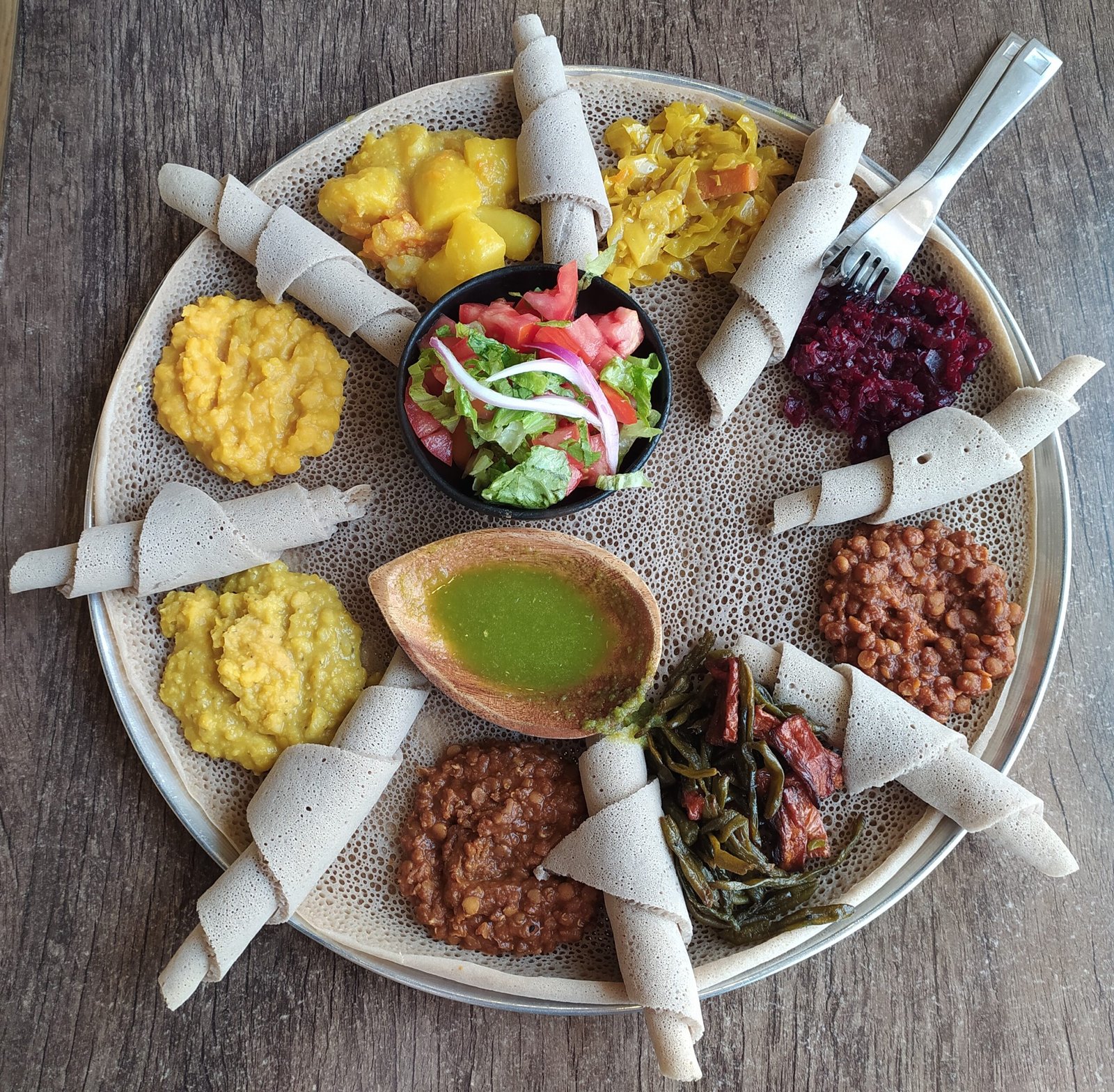
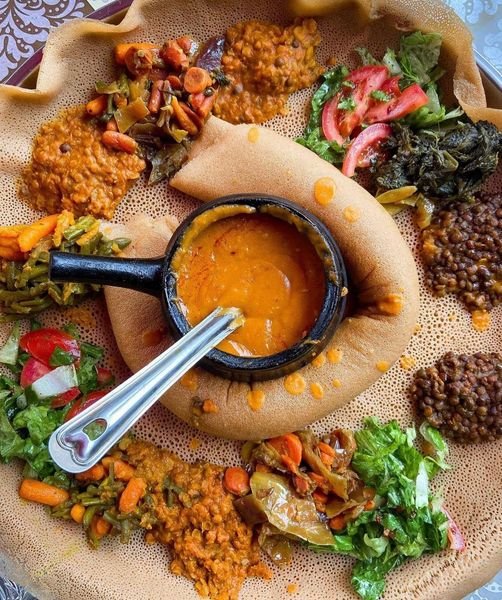
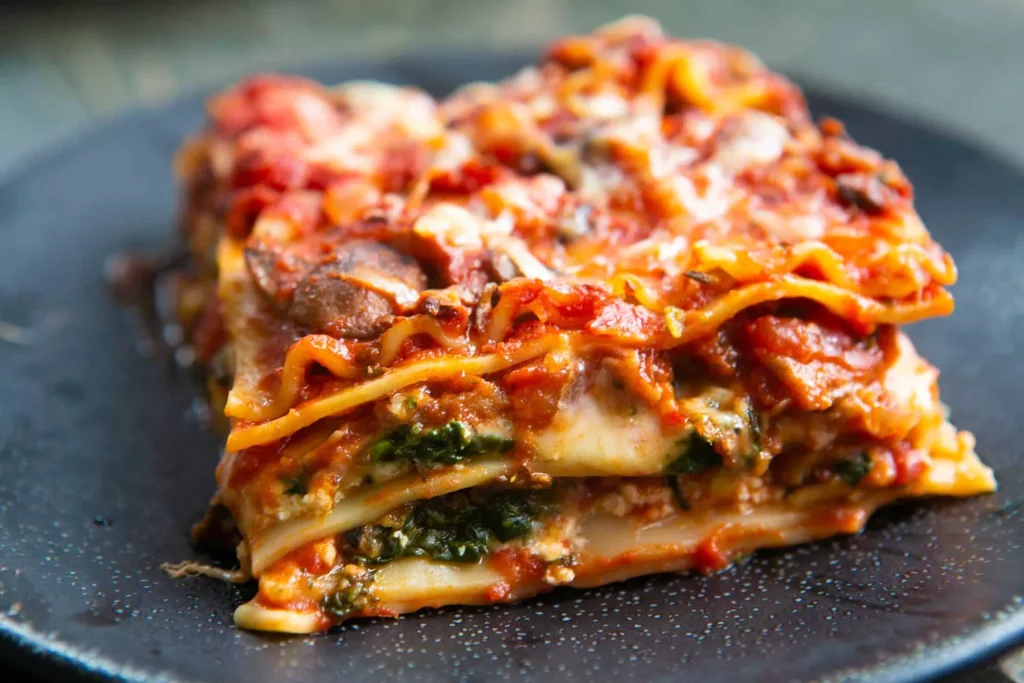
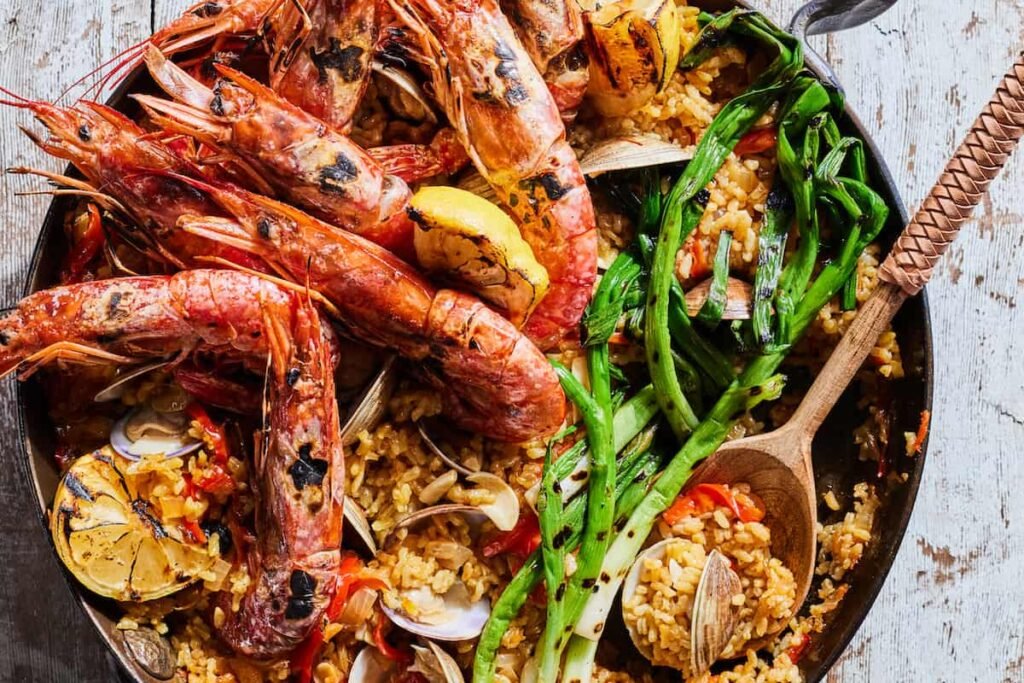

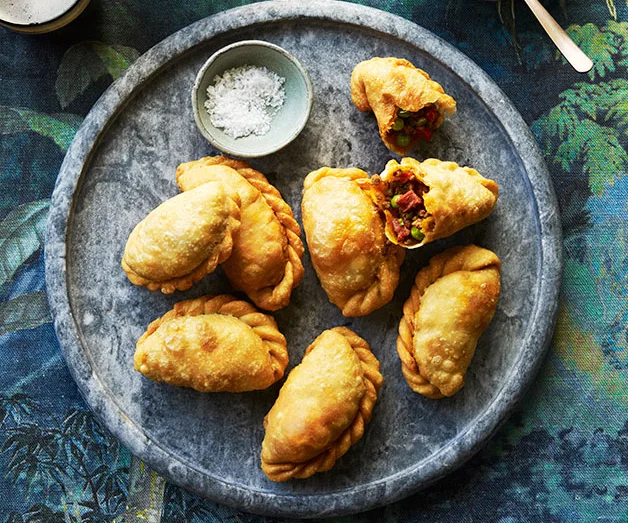

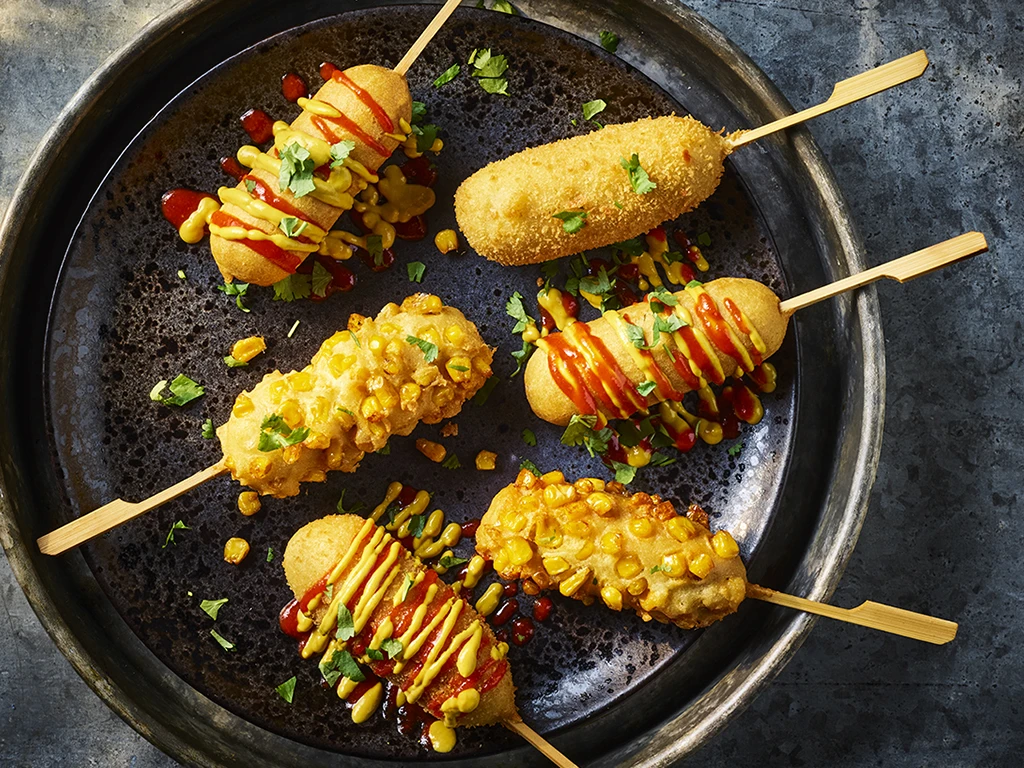
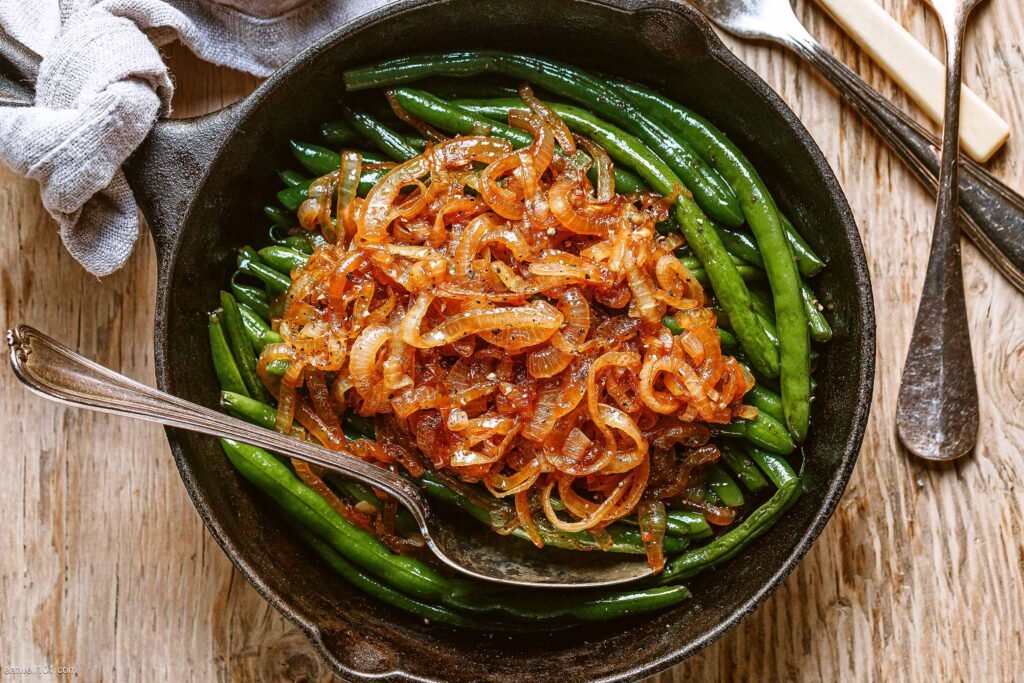
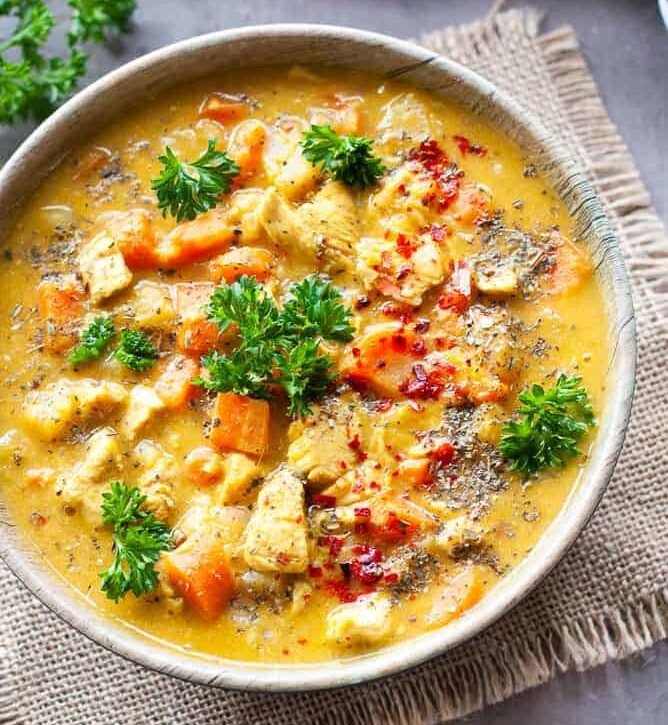
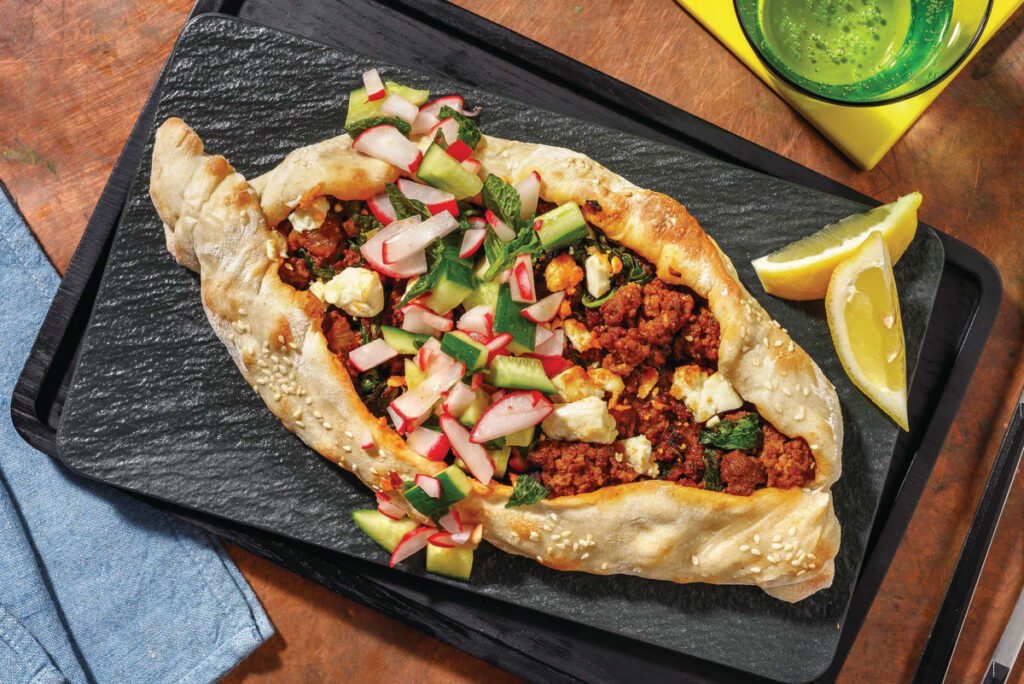
Leave a Reply